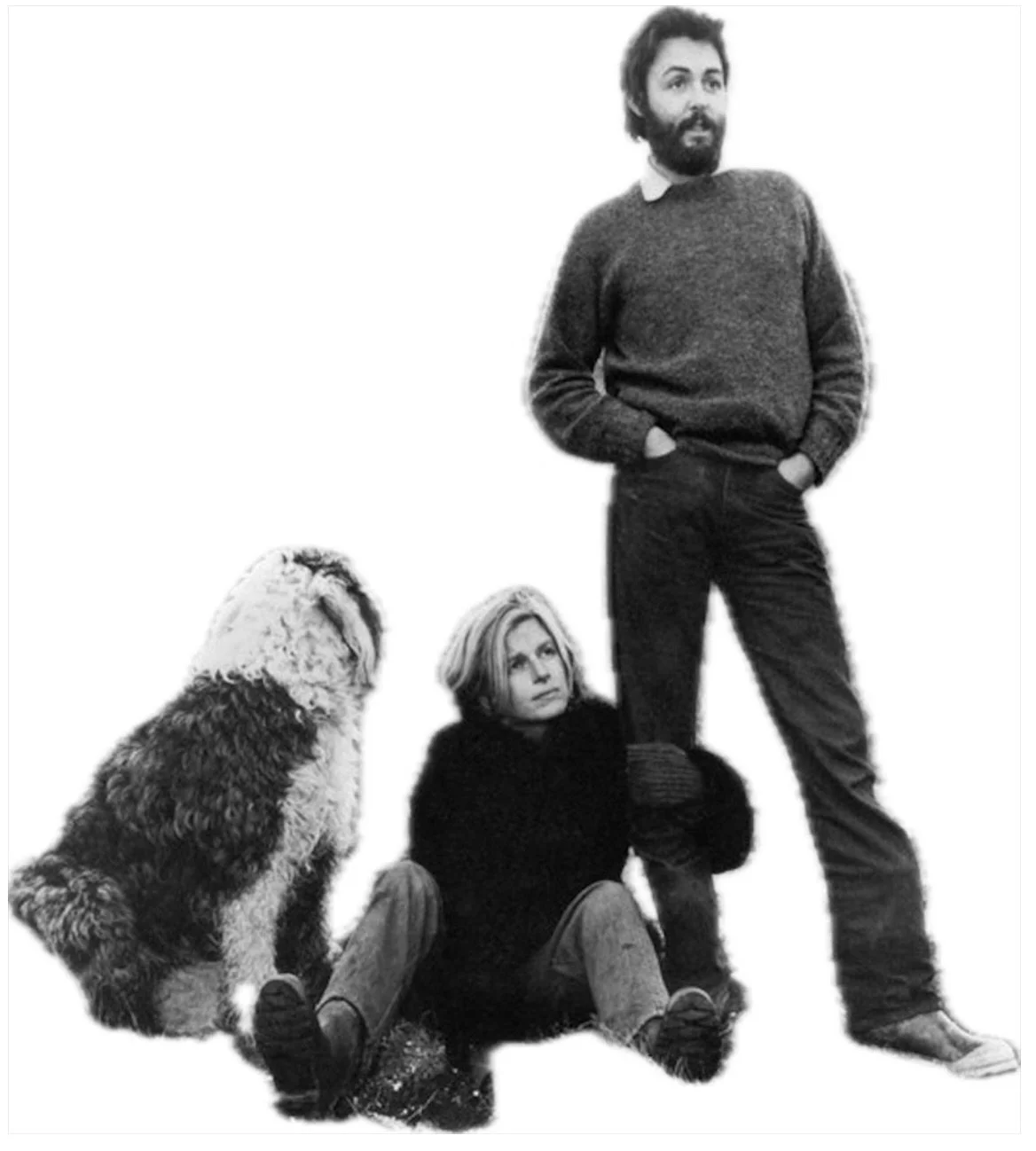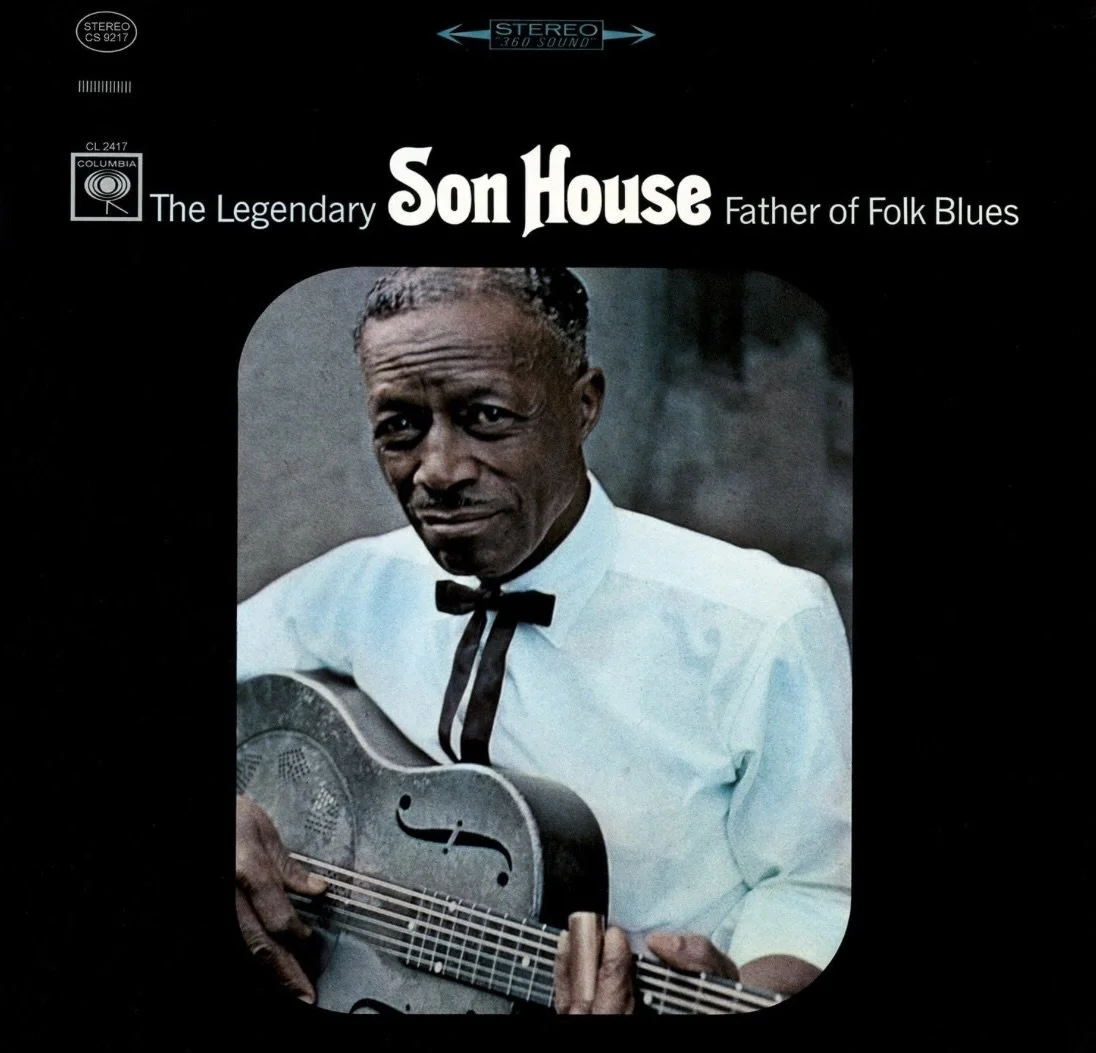
THE REMAKING OF NICK DRAKE
Is the complex artist finally stepping out from behind the ‘doomed genius’?
OPINION
The new box set The Making of Five Leaves Left illuminates a focused and forthright artist at his genesis, and further undermines the idea he was an isolated, haunted romantic.
25 October 2025
Photo: Keith Morris, Public domain, via Wikimedia Commons
Davi
‘JUST KEEP GOING.’ It is the first speech we hear on The Making of Five Leaves Left, the sumptuous box set released in July of this year. Joe Boyd’s encouragement to a 19-year-old Nick Drake, at the beginning of his recording career, is moving because Drake was ultimately unable to keep going, suffering from depression and an early death by suicide at the age of 26. But ‘just keep going’ also encapsulates The Making of Five Leaves Left’s forward momentum. Box sets can feel like rag bags of outtakes and demos, but here the sequencing — crackly 1968 Cambridge demos and initial takes early on, the completed album at the end — places listeners in the forward flow of the creative act. It is like having a seat in the studio alongside Drake and Boyd as they search for the heart of these songs. We feel a spine-tingling sense there is something special in the studio air and soon enough they will capture it. Just keep going.
There is a similar coming-into-being feeling when we listen to the longest single recording of Nick Drake’s speech. Dating from the summer of 1966, it portrays a young man just turned 18, drunk after a local party and rambling into a tape machine. For an artist whose first two studio albums are so lovingly arranged and polished to a shine, it is striking how spontaneously creative he is here. Amidst the hesitations and false starts, he scavenges a little poetry, first misquoting Rupert Brooke’s The Old Vicarage, Grantchester (the correct lines: ‘Deep meadows yet, for to forget / The lies, and truths, and pain’) and then describing colours in the dawn light, which feels like the seed of a Nick Drake lyric.
‘I must have drunk rather a lot… I think I drove the whole way home [from the party] on the right-hand side of the road… in moments of stress such as this journey home one forgets so easily the lies, the truth and the pain… I think there is something extraordinarily nice about seeing the dawn up before one goes to bed… I can look out of the window now and that tree over there is green, whereas before one goes to bed, just when one goes to bed, that tree should be black, surely! Everything should be black before one goes to bed, but that is surely the essence of the Romantic.’
With their sense of looking forward into an unwritten future, Joe Boyd's ‘just keep going’ and Nick Drake’s voice recording sound fresh because we are usually left to appreciate Drake by looking back. His life is over, his work is complete and he has been assigned the most powerful of artist narratives. He not only died young, he took his own life. His end wasn't arbitrary, a car accident or heart attack, it seamlessly completed the story of a romantic born out of time, someone who was sensitive, isolated and suffered from depression, forever searching for meaning but never finding it. The narrative is made even more powerful because it can be traced in his music. At times the songs can be overtly portentous, as on ‘Fruit Tree’, but so much of it is simply full of autumnal sadness. Added together, we are left with an eminently marketable commodity: Nick Drake the doomed genius, unappreciated in his own lifetime, the van Gogh of chamber folk.
Listen to Nick Drake playing ‘Mayfair’ on the new box set and Joe Boyd’s encouragement at the end.
“‘Wellness’ is now listed as a genre on Spotify, with subcategories which include: ‘peaceful guitar’, ‘rainy day piano’ and ‘dreamy forest music’. There is, at the time of writing, a playlist on Spotify called Wellness with Nick Drake. Rob Chapman is right to point out that none of this does justice to Nick Drake. But does the idea he was a ‘doomed genius’, however entrenched it has become, really eclipse his music?”
The idea Drake was an ill-fated prodigy undoubtedly casts a particular light on his work. At one morbid extreme, it lights up a trove of potential clues in his lyrics, lines becoming first drafts of cries for help or cryptic suicide notes. But more generally it throws a numinous glow over his discography. Some have argued this ‘doomed genius’ narrative diminishes his music. In the Quietus in 2024, Rob Chapman posits Drake's mental health struggles have not only overshadowed his art, but in our mental health-focused culture, they have reduced his music to some sort of ‘trouble cure and palliative’. Chapman mentions other areas of music affected by this wellness vogue, from the way BBC Radio 3’s daytime selections have become ‘a soothing balm and music to relax by’ to the proliferation of ‘wellness-themed playlists’. ‘Wellness’ is actually now listed as a genre on Spotify, with subcategories which include: ‘peaceful guitar’, ‘rainy day piano’ and ‘dreamy forest music’. There is even, at the time of writing, a playlist on Spotify called Wellness with Nick Drake. Chapman is right to point out that none of this does justice to Nick Drake. But does the idea he was a ‘doomed genius’, however entrenched it has become, really eclipse his music?
I can pinpoint exactly the moment I was first introduced to Drake's music. I was 21, at a party and, having teetered on the brink of collapse from consuming too much cheap Bulgarian wine, I was experiencing a boisterous and ecstatic second wind. Someone passed me a CD through a haze of blue marijuana smoke: Way to Blue: An introduction to Nick Drake. ‘You need to hear this,’ they said earnestly, eyeing me suspiciously and judging whether I was worthy of the recommendation. On the CD’s cover Drake looked like some sort of forest urchin in his oversized, threadbare jumper. The person probably said something about him being a genius, that he died really young and then offered to tape the CD for me.
When I first played the C90 cassette, I expected something downbeat, something similar to the deeply sad self-loathing of Elliott Smith. But this was light, delicate, filled with spring breezes. His fingerpicking was full of energy and delightful invention, his voice was often smooth, warm and gentle, but at other times abraded, and the arrangements ran the gamut from stripped down to baroque. I loved the traces of humour and intimations there was some sort of undefined magic in the world. I played the tape all summer, the music articulating my feeling life was full of promise, as I looked ahead to travelling abroad in the coming year.
Fast forward five years, I was teaching English in Buenos Aires and my life was a blistering hot dumpster fire. I would come home from partying in the city, open my windows to let the warm early morning breeze circulate, and play Drake’s Pink Moon very loudly. True it was a sad album and at times he sounded lost in depression. But the album also had that irreducible otherworldliness: nobody understands a pink moon, there are things behind the sun. And from this transcendent magic came sweet moments of optimism: ‘so look, see the days / the endless coloured ways’.
“Drake sounds nothing like a sensitive violet on ‘Strange Face - Take 1’, when he interrupts proceedings, insisting: ‘hang on, hang on, hang on, I've got to clear something up.”
These memories, commonplace as they are, not only show how we experience music in highly subjective ways, impervious to external narratives, but also how Drake’s art can flourish, all by itself, far beyond the prevailing view of him. In this way, he is a little like another famously ‘doomed genius’: Vincent van Gogh. To varying degrees, both were both isolated figures, struggled with their mental health and died early deaths before their extraordinary work was appreciated. But both were far more than that too. They had a strong work ethic, a laser-focused drive and hustled for opportunities. Drake sounds nothing like a sensitive violet on ‘Strange Face - Take 1’ from the new box set, when he interrupts proceedings, insisting: ‘hang on, hang on, hang on, I've got to clear something up.’ He didn't appear to be a distant, haunted figure during the recording sessions for Bryter Layter. Just read drummer Mike Kowalski’s account, where he describes Drake’s confident musical direction in the studio.
There are, of course, many shades of mental anguish in van Gogh's wildly expressive brushwork and Nick Drake’s music. But van Gogh's paintings exploded with colour and Nick Drake's music is full of ‘endless coloured ways’: from the wide instrumental palette and jazzy arrangements on Bryter Layter to blink-and-you-miss-them details elsewhere. On Pink Moon’s ‘Road’, Drake deviates from the picking pattern at 0.17 and 0.58, performing a sort of melodic backflip, a fleeting moment of exuberance. Far from overshadowing their art, Drake and van Gogh’s life struggles make their creative colours all the brighter.
There is the faintest change in the air surrounding Drake, as though the narrative is beginning to shift. The objections have been mounting up, in the shape of extensively researched biographies, articles such as Rob Chapman’s and now this new box set: the fact is Nick Drake was an irreducible mass of competing contradictions.
Any such shift would do a great service to Nick Drake. But for so many listeners, his music has always told the more complex truth. He suffered from depression and met an early, tragic end. But he could also be forthright and focused, warm, gentle and positive. He was ‘made to love magic’ and expressed it in ‘endless coloured ways’.
© 2025 State of Sound. All Rights Reserved
Listen to ‘Road’ by Nick Drake here:
MORE ON THE 1960s
ESSAY
1 September 2025
MAKING A MASTERPIECE
By David Rea
18 October 2025


